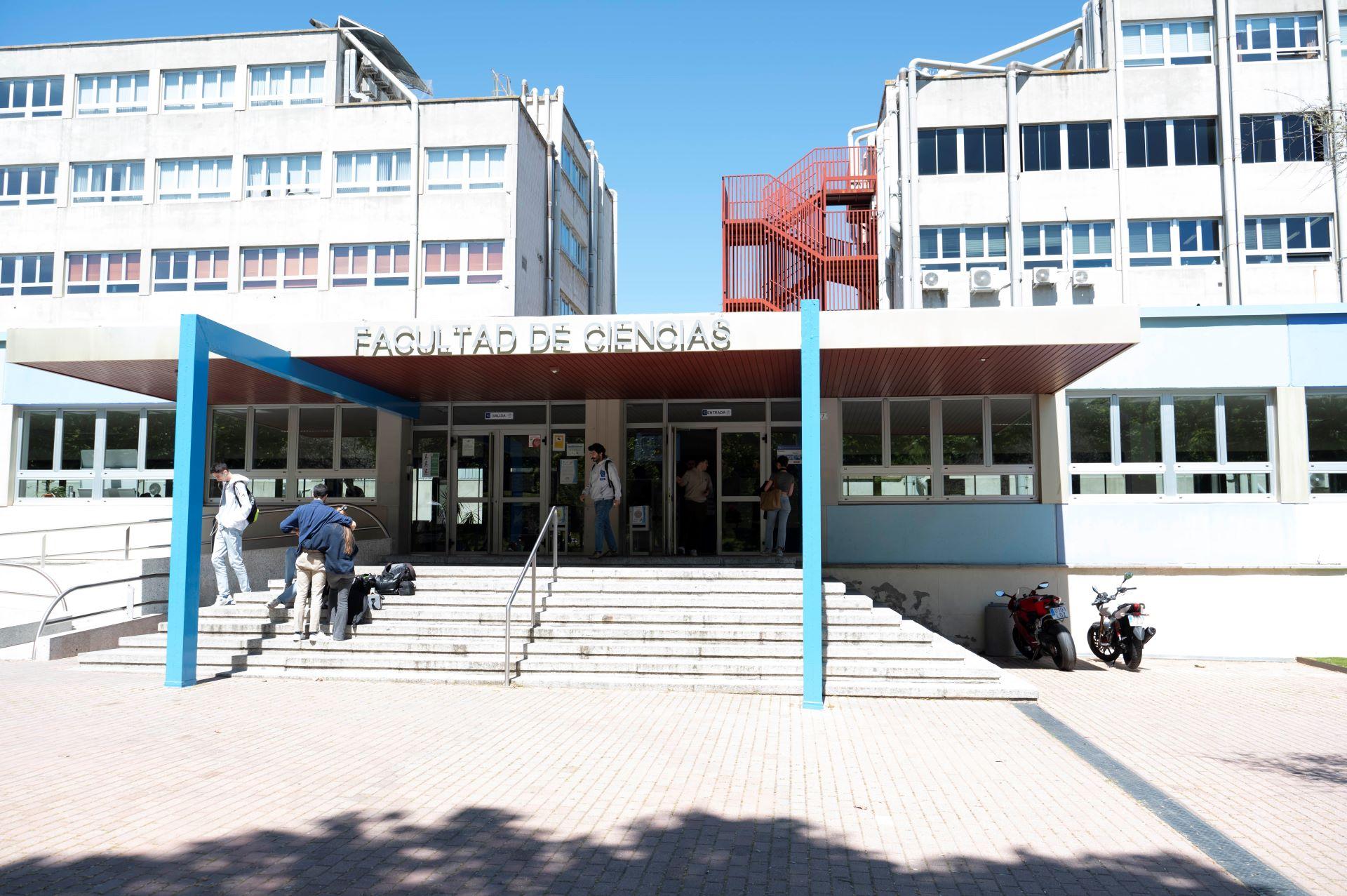Actualidad

Actividad académica
La Facultad de Ciencias de la UAM incorpora la Mención Dual en el Grado en Química

Facultad de Ciencias

La Facultad de Ciencias de la UAM incorpora la Mención Dual en el Grado en Química

La Sociedad de Estadística, Investigación Operativa y Ciencia de Datos (SEIO) otorga la Medalla SEIO 2025 al Catedrático de Matemáticas Antonio Cuevas González
La Sociedad de Estadística, Investigación Operativa y Ciencia de Datos (SEIO) otorga la Medalla SEIO 2025 al Catedrático de Matemáticas Antonio Cuevas González
La Real Sociedad Española de Química (RSEQ) y Lilly otorgan el Premio de Investigación para Alumnos de Doctorado a María Martín Martín, del Departamento de Química Orgánica de la Universidad Autónoma de Madrid (UAM)
La Real Sociedad Española de Química (RSEQ) y Lilly otorgan el Premio de Investigación para Alumnos de Doctorado a María Martín Martín, del Departamento de Química Orgánica de la Universidad Autónoma de Madrid (UAM)
Fátima Aparicio Hernández y Paloma Arroyo Huidobro reciben el Premio Jóvenes Investigadoras de la Universidad Autónoma de Madrid (UAM) en su edición 2024
Fátima Aparicio Hernández y Paloma Arroyo Huidobro reciben el Premio Jóvenes Investigadoras de la Universidad Autónoma de Madrid (UAM) en su edición 2024
David Gómez-Castro recibe el Premio SeMA al Mejor Artículo de SeMA Journal de 2024
David Gómez-Castro recibe el Premio SeMA al Mejor Artículo de SeMA Journal de 2024Esta web utiliza cookies propias para facilitar la navegación y cookies analíticas de terceros para obtener información de uso de sus visitantes. Sin embargo, contiene enlaces a sitios web de terceros con políticas de privacidad ajenas a la de la AEPD que usted podrá decidir si acepta o no cuando acceda a ellos. Puede obtener más información en nuestra nuestra política de cookies..
